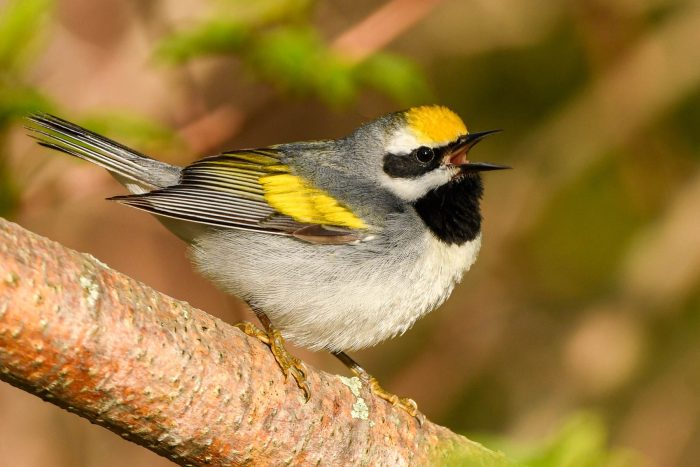Golden-Winged Warbler
Vermivora chrysoptera
The golden-winged warbler is a small gray bird with yellow accents on its wings and head and a small black beak. It can be found in the northern Chesapeake Bay watershed during much of the year.

